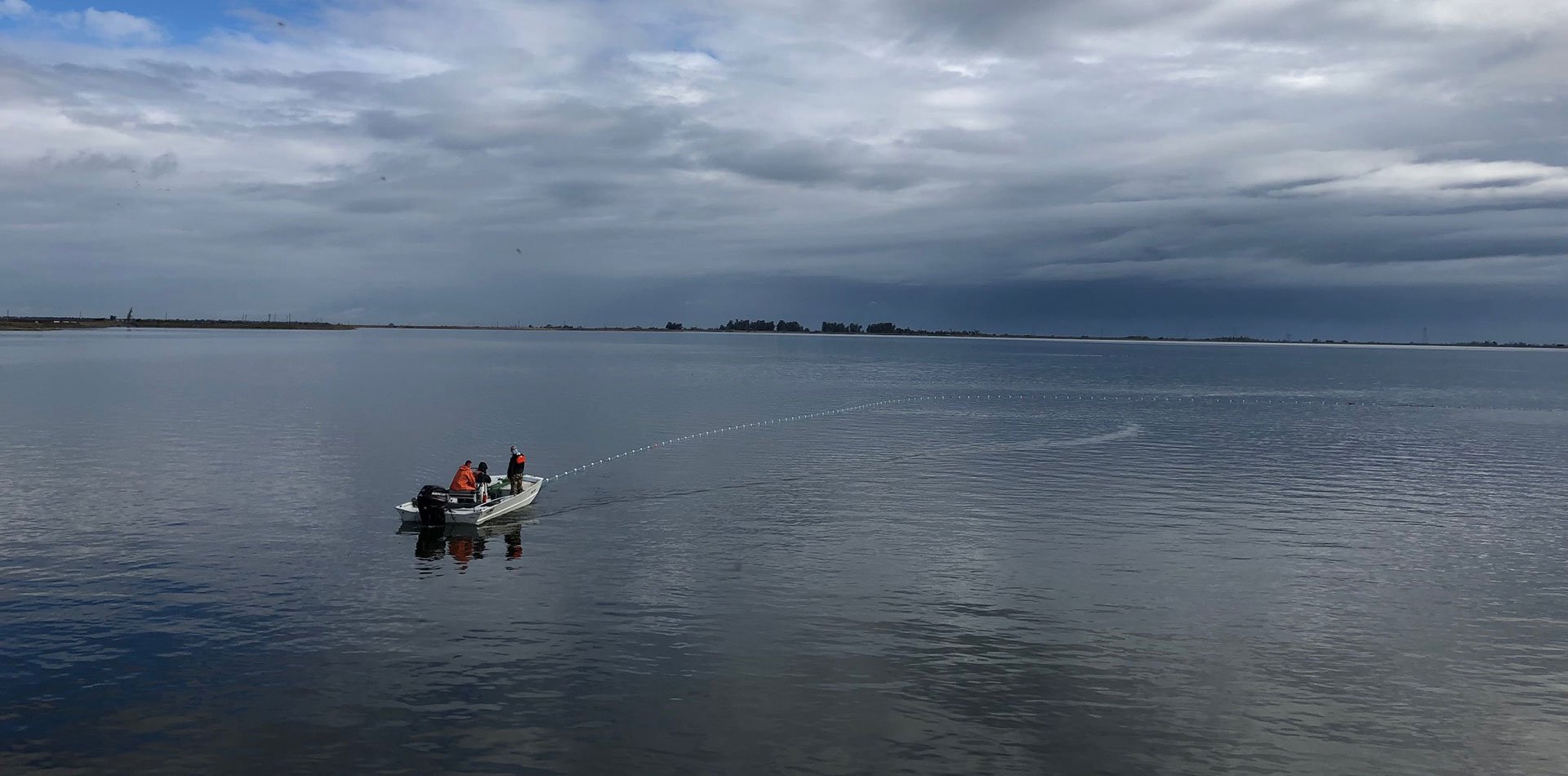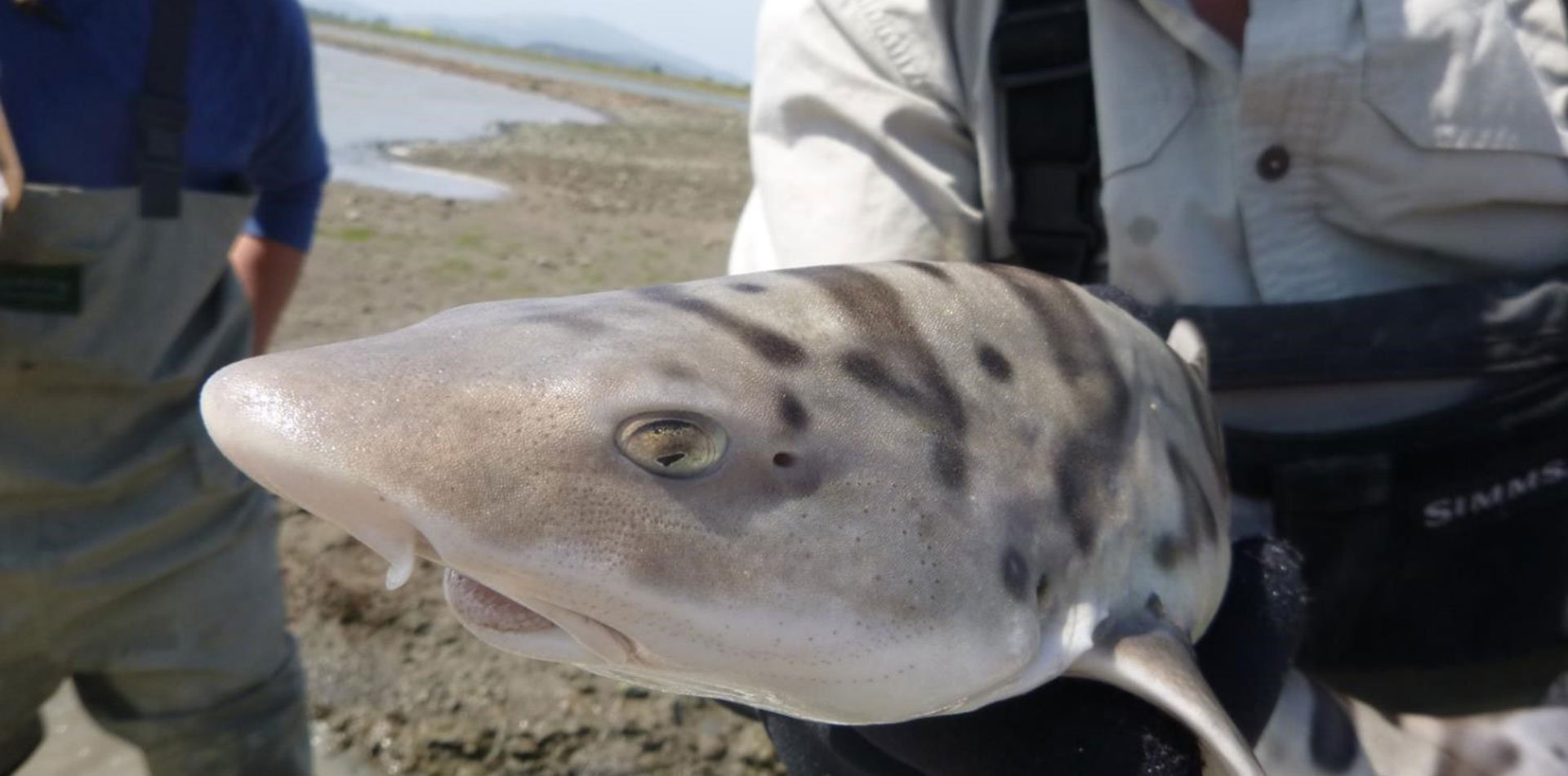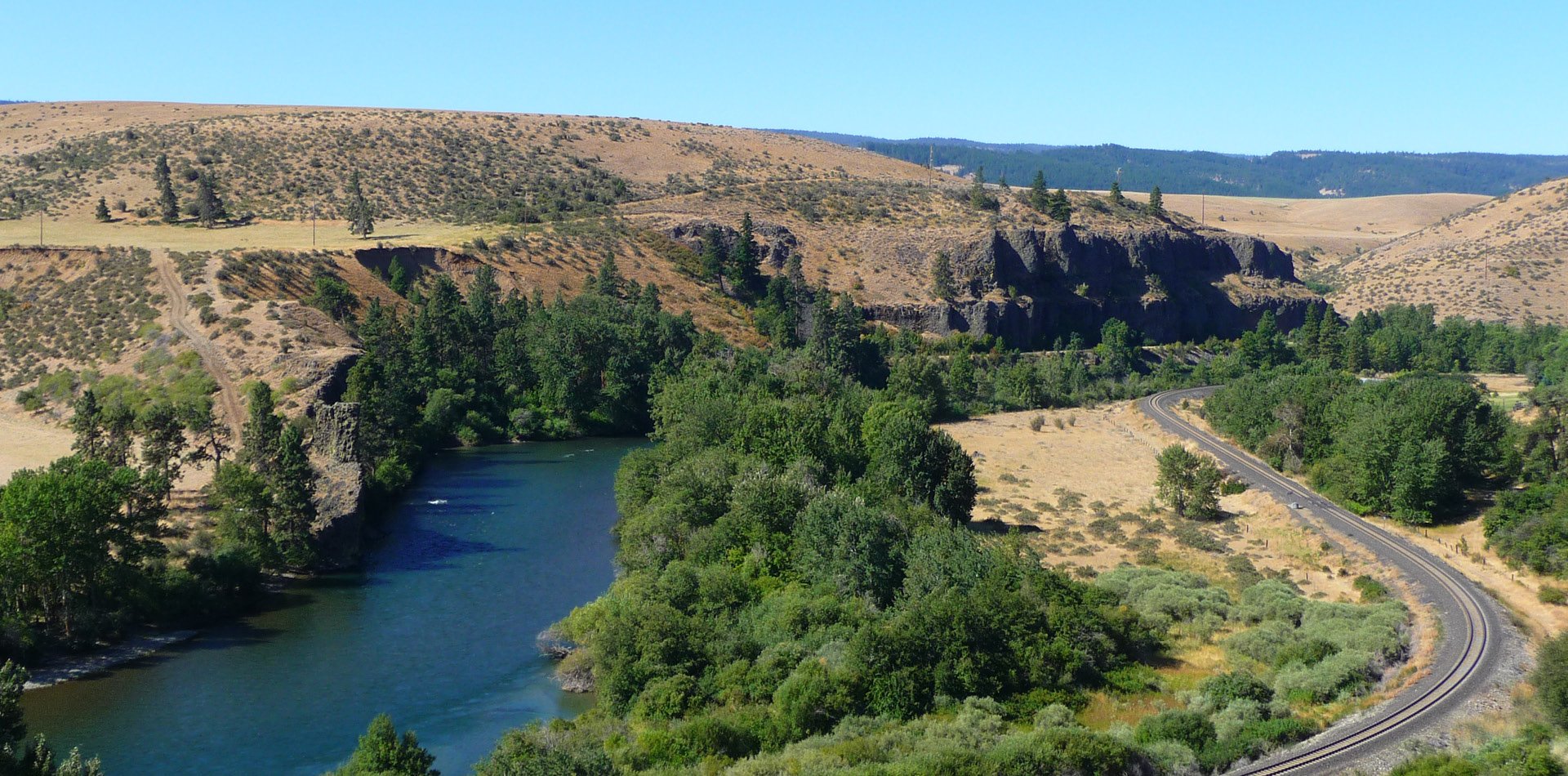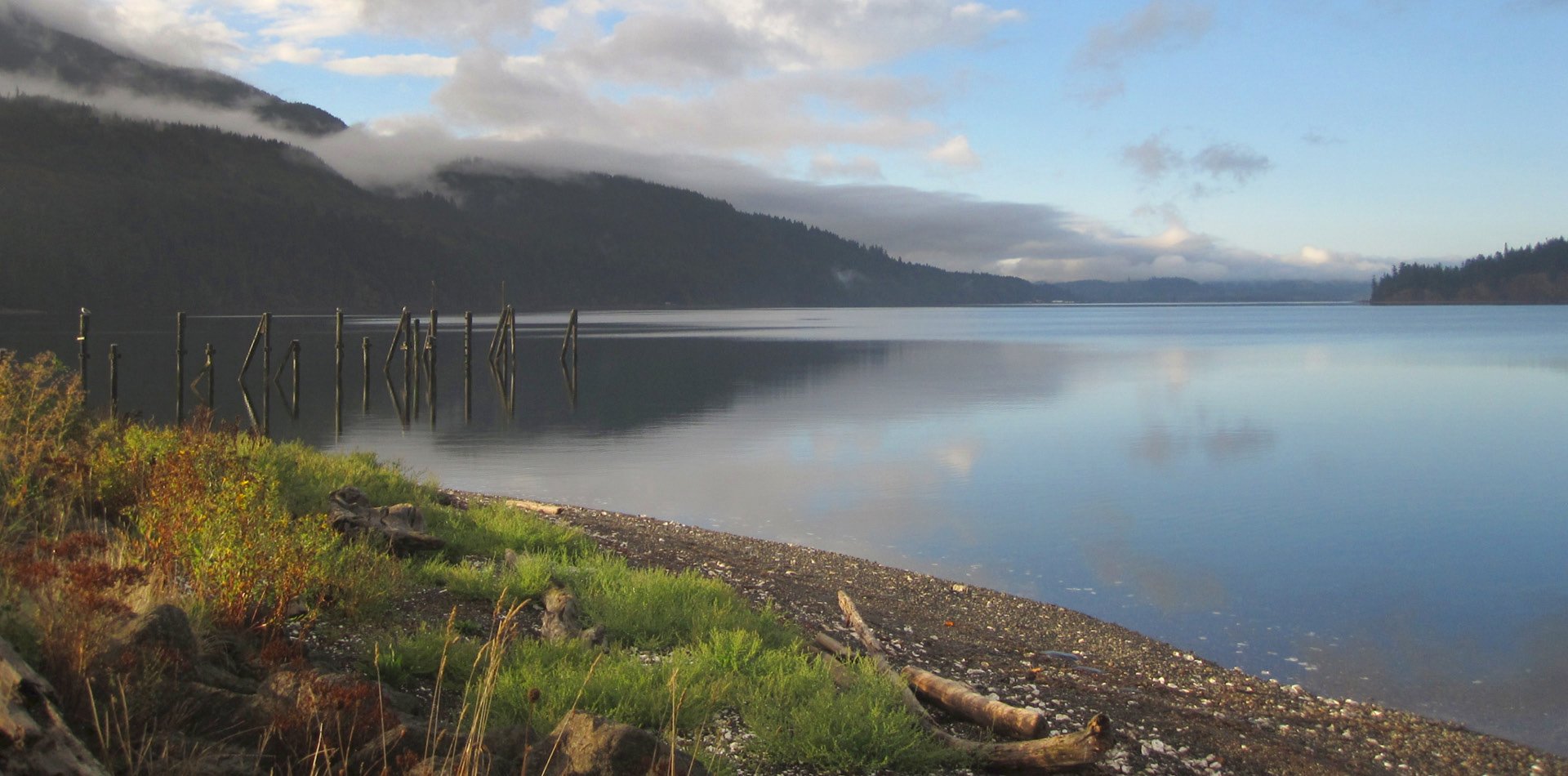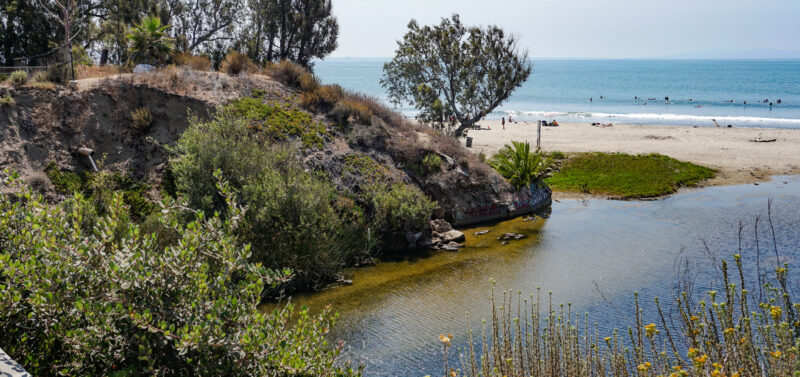ESA is pleased to announce the appointment of Paul Bergman to Business Group Director of...
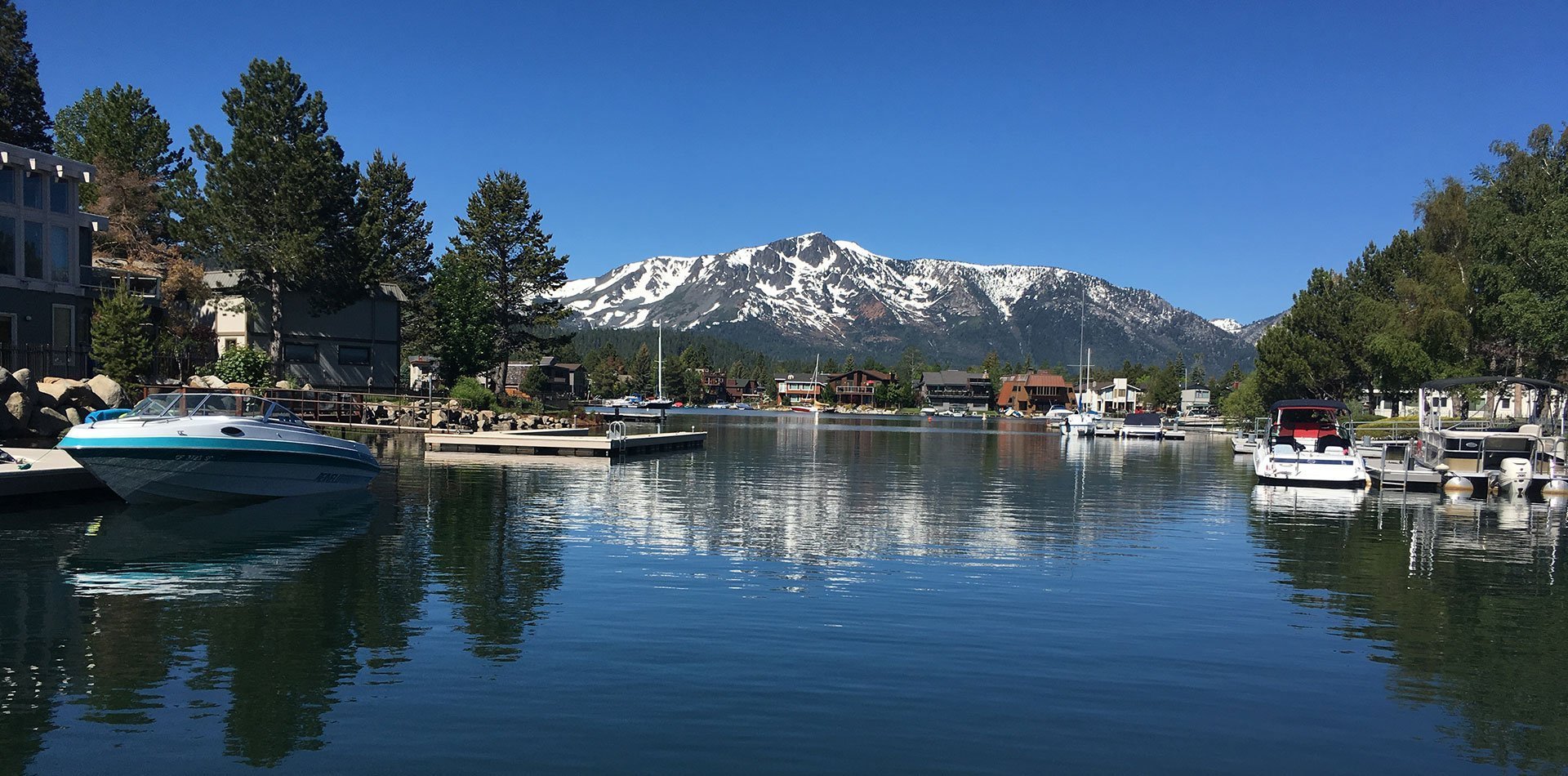
Tahoe Keys Aquatic Weed Control EIR/EIS
Invasive aquatic weeds are a growing problem for Lake Tahoe, and the scientific community is searching for solutions to control and prevent them at their primary source.
Why does this project matter?
The spread of aquatic weeds is an immediate threat to Lake Tahoe and solutions need to be effective, minimize environmental impacts, comply with regulatory standards, and be technologically and economically feasible. By testing methods for controlling aquatic weeds in designated test areas of the Tahoe Keys lagoons, we will determine the most effective methods to reduce the spread of these weeds to other parts of Lake Tahoe.
What is ESA doing to help?
As a specialty subconsultant supporting a larger team, ESA is the technical lead responsible for collecting and analyzing data to understand the impacts of the proposed test methods and alternative management options on the aquatic environment.
The team is engaged in a public process to conduct the environmental analyses in a combined Environmental Impact Report/Environmental Impact Statement (EIR/EIS) to meet California Environmental Quality Act (CEQA) and Tahoe Regional Planning Agency (TRPA) requirements. To support the analysis, we conducted extensive baseline water and sediment sampling, fish surveys, and benthic macroinvertebrate surveys throughout the lagoons.
ESA has developed a nutrient cycling model to understand how project actions could affect harmful algal blooms. Because of Lake Tahoe’s status as an Outstanding National Resource Water, ESA is also preparing an antidegradation analysis to evaluate whether the project can meet the highest standards for protection of water quality and beneficial uses.
Connect with our team
Details
Client Tahoe Regional Planning Agency
Location Tahoe Keys Lagoons, South Lake Tahoe, CA
Market Natural Resource Management
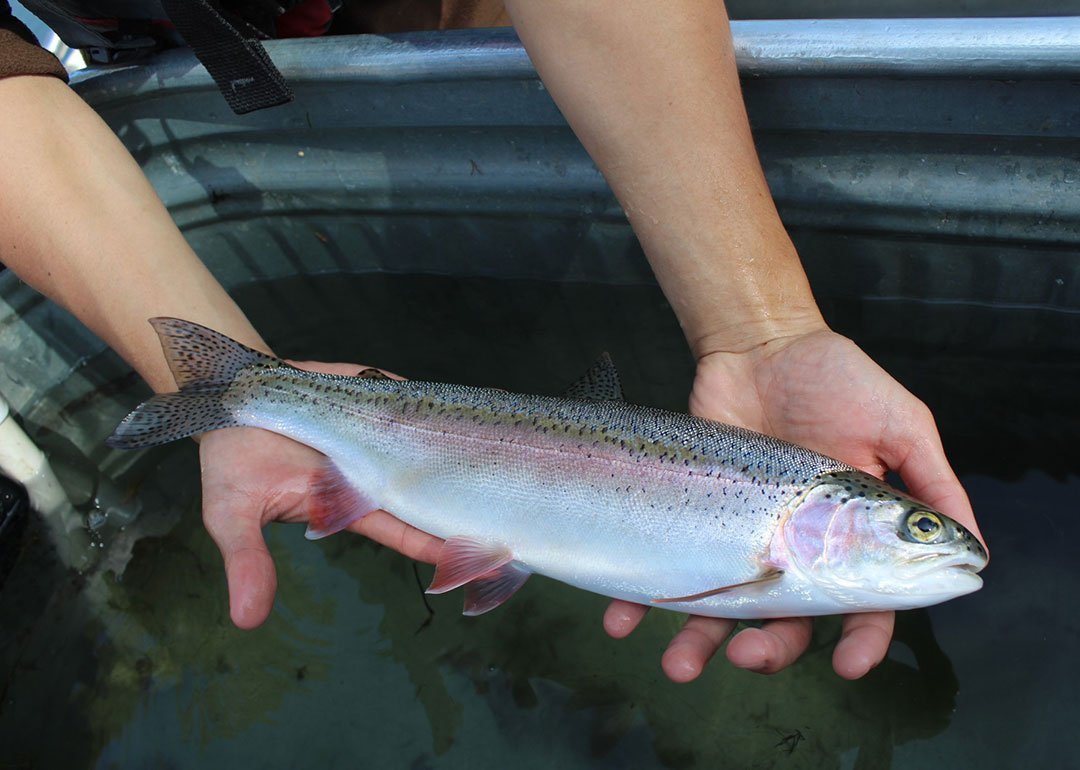
Similar Projects
News & Ideas
The Bureau of Land Management (BLM) oversees about 245 million acres of public land in...
On February 12, the Draft Environmental Impact Report (DEIR) was released for the Topanga Lagoon...
With four Qualified Airport Wildlife Biologists (QAWBs) on staff, we are uniquely situated to assist...
From increases in state and federal funding, to investment funding in habitat restoration, to President...
The Western Joshua Tree Conservation (WJTCA) Act prohibits the take of any western Joshua tree...

